Researchers think it could play an important function in devices using IoT and medical applications.


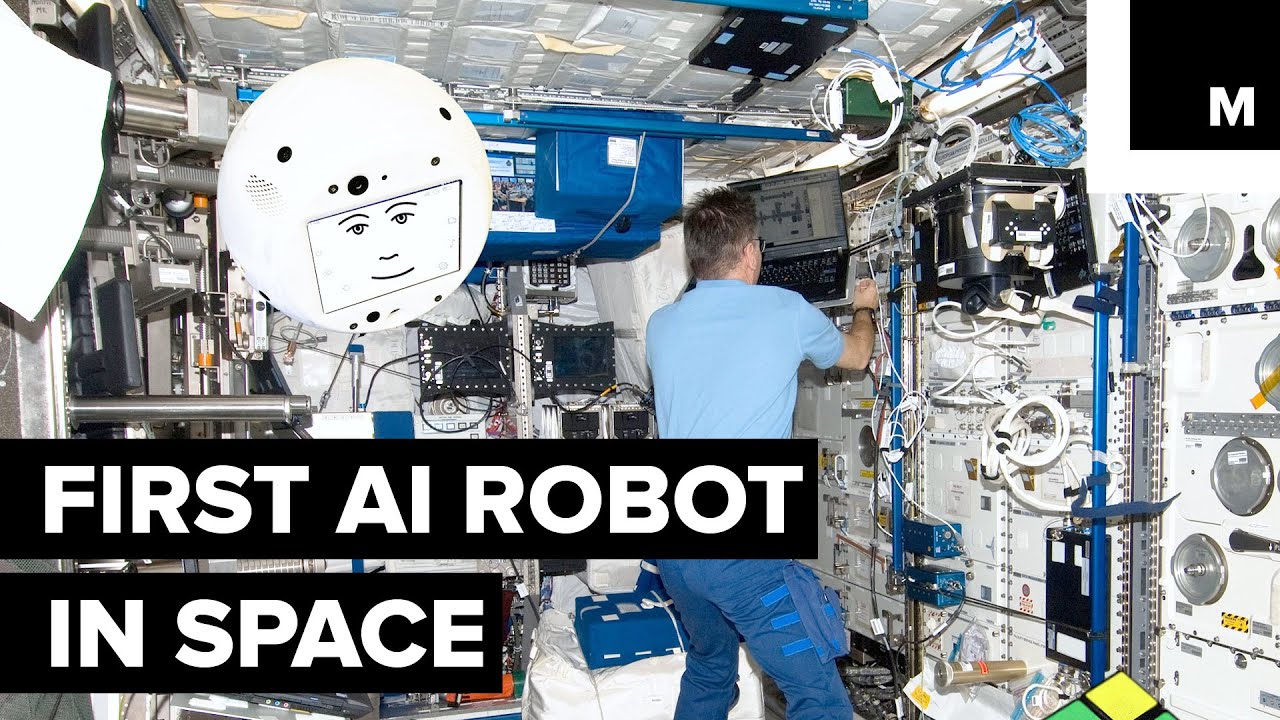
NASA’s Hubble Space Telescope uncovered never-before-seen features around a neutron star.
An unusual infrared light emission from the nearby orb could indicate a dusty disk, or an energetic wind coming off the object and slamming into interstellar gas.
Either or.
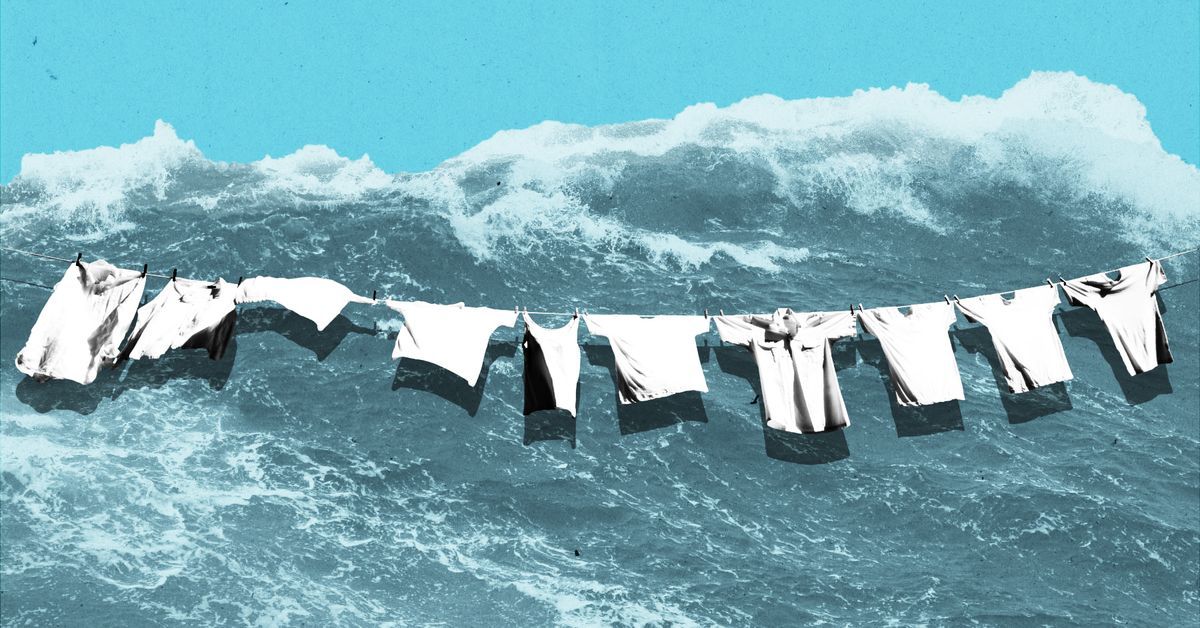

Giving millions of patients already taking statins a new type of drug could slash their heart disease risk even further, research suggests.
Scientists claim pills that are currently under development, called lipoprotein lipase (LPL) enhancers, could prevent thousands of heart attacks.
And their study also showed the drugs — which work by lowering levels of fats in the blood — could also slash the risk of type 2 diabetes.
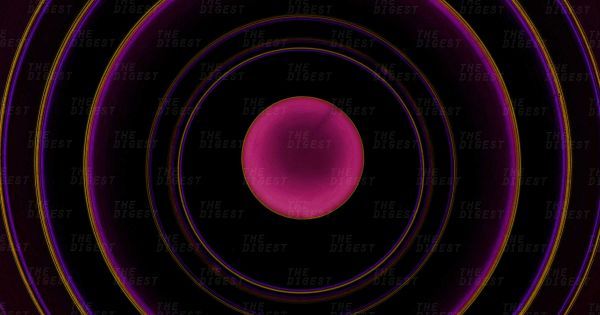
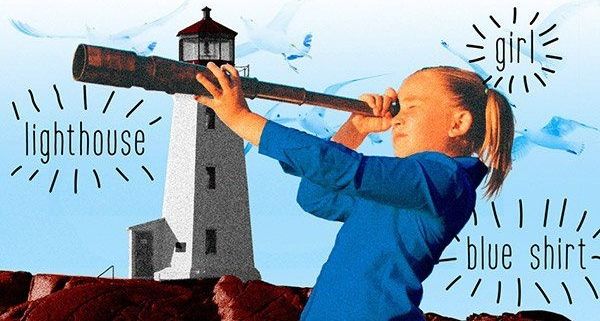
Computer scientists at MIT have developed a machine-learning system that can identify objects in an image based on a spoken description of the image.
Typical speech recognition systems like Google Voice and Siri rely on transcriptions of thousands of hours of speech recordings, which are then used to map speech signals to specific words.
Still in its early stages, the MIT system learns words from recorded speech clips and objects in images and then links them. Several hundred different works and objects can be recognized so far, with expectations that future versions can advance to a larger scale.
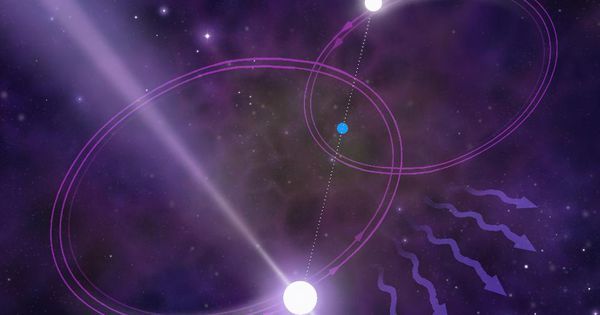
This question originally appeared on Quora — the place to gain and share knowledge, empowering people to learn from others and better understand the world. You can follow Quora on Twitter, Facebook, and Google+. More questions:
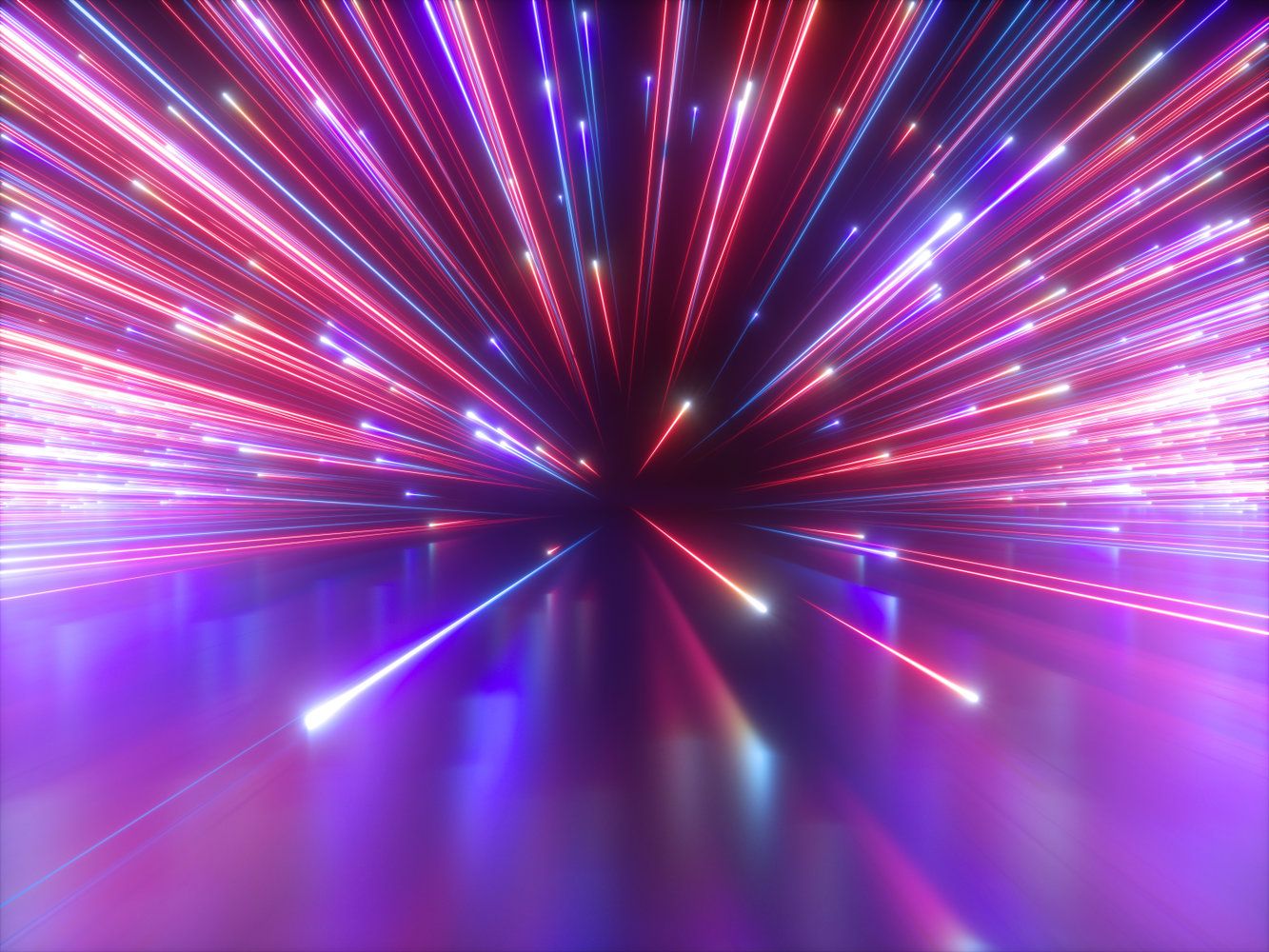
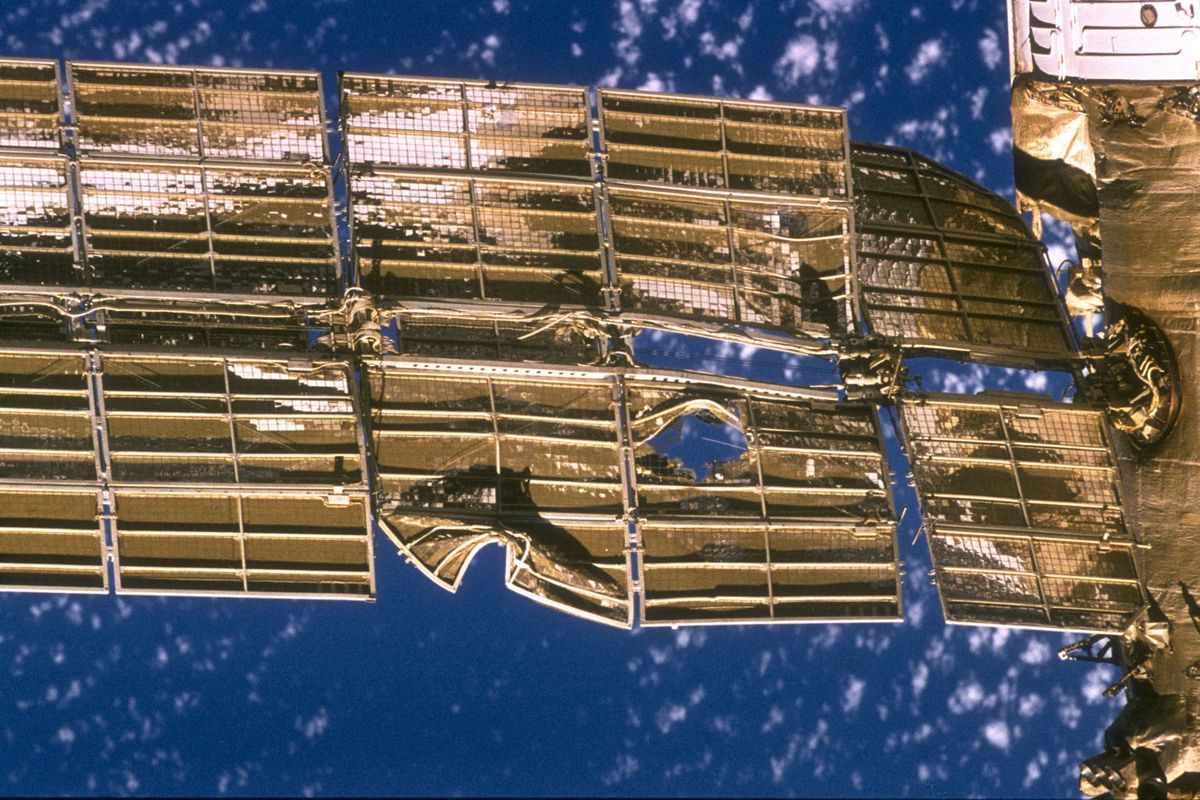
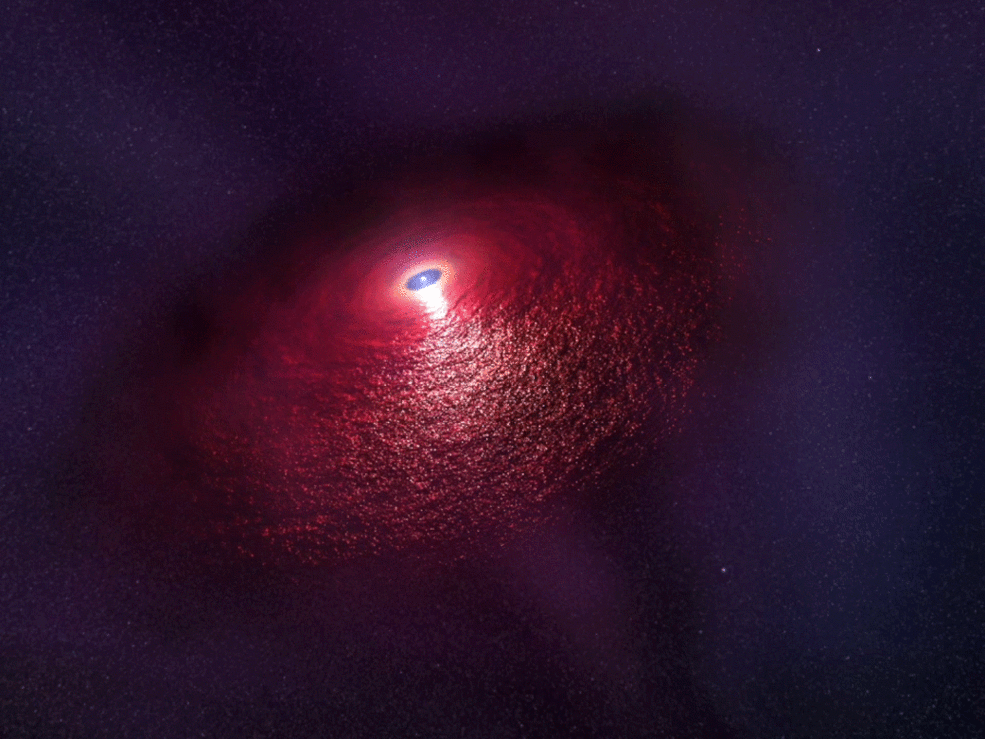
Space is filled with bizarre signals that we scramble to put meaning to — and now, researchers have detected yet another mysterious signal. This one emanated from near a neutron star, and for the first time, it’s infrared.
So, what’s nearby that could have created the weird signal? Scientists have a few ideas.
When a star reaches the end of its life, it typically undergoes a supernova explosion— the star collapses, and if it has enough mass, it will form a black hole. But if the star isn’t massive enough, it will form a neutron star. [Supernova Photos: Great Images of Star Explosions].